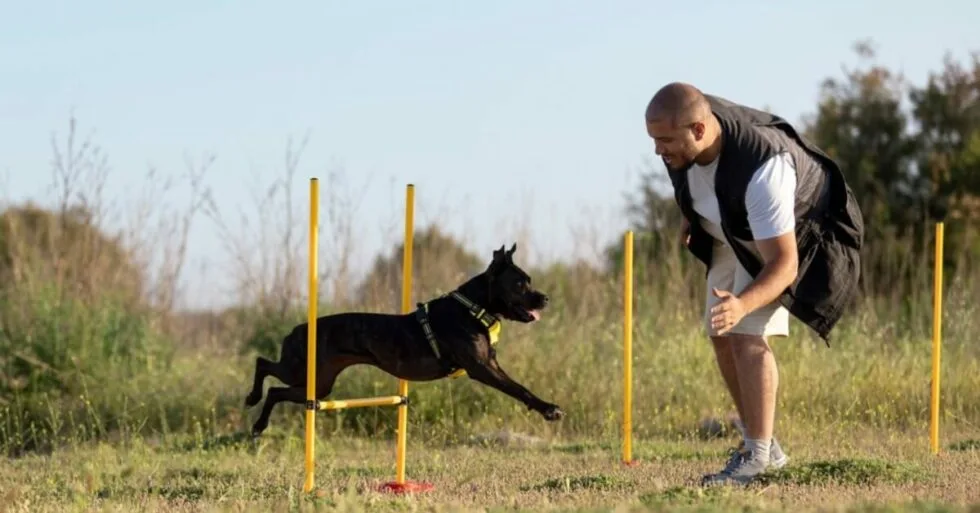
Best Age To Breed A Dog (Male & Female)
Find out the best age to breed dogs and the key factors involved. Ensure your dog’s health and safety with our expert breeding insights.
Expert tips, guides, and advice for pet owners and breeders

Find out the best age to breed dogs and the key factors involved. Ensure your dog’s health and safety with our expert breeding insights.

Find out how to re-home your pet responsibly. Learn the steps to ensure a safe and smooth transition for your pet into a new loving home.

Train a female Cane Corso with patience, consistency, socialization, and positive reinforcement for a well-behaved, confident, and happy dog.

Download our complete dog adoption checklist to prepare for your new pet. Ensure a smooth, joyful transition into your loving home.

Struggling to find the right puppy? Learn how to buy a quality pup within your budget. Get tips to make the best choice and avoid common mistakes.

Check out the 10 cheapest puppy breeds for budget-conscious dog owners. Find affordable puppies for adoption and bring home your new best friend today.

Meet the 10 Most Expensive Dog Breeds in the world

Understand the importance of socializing your pet. This guide will help you create positive experiences for your pet, ensuring they thrive in various environments.

Planning to breed your dog? Use our step-by-step dog breeding checklists to manage health tests, mating, whelping and puppy care—always with vet-backed guidance.

Direct connect is the most valuable currency on petmeetly.com. You can use it to access the contact details of a member.
Real stories from pet owners who found perfect homes on Petmeetly
It went amazingly! Thank you – I was able to rehome my dog to a fantastic family. Everything went smoothly
Michelle Kane
Scotland, GB
We found a loving home for Valentino, but I’d like to keep the ad active so people can see what our kittens look like.
Jacqueline Wolf
Texas, US
Hi, yes, everything went great! A very nice young lady met with me and got KC. I had never heard of this site before, but I’m so glad it exists. It’s very hard to find a place to show and sell puppies. Thank you so much for all your help—I’ll happily pass along the name of this wonderful site, which I think is very cute. Thanks again, and may God bless you all!
Dana
Virginia, US